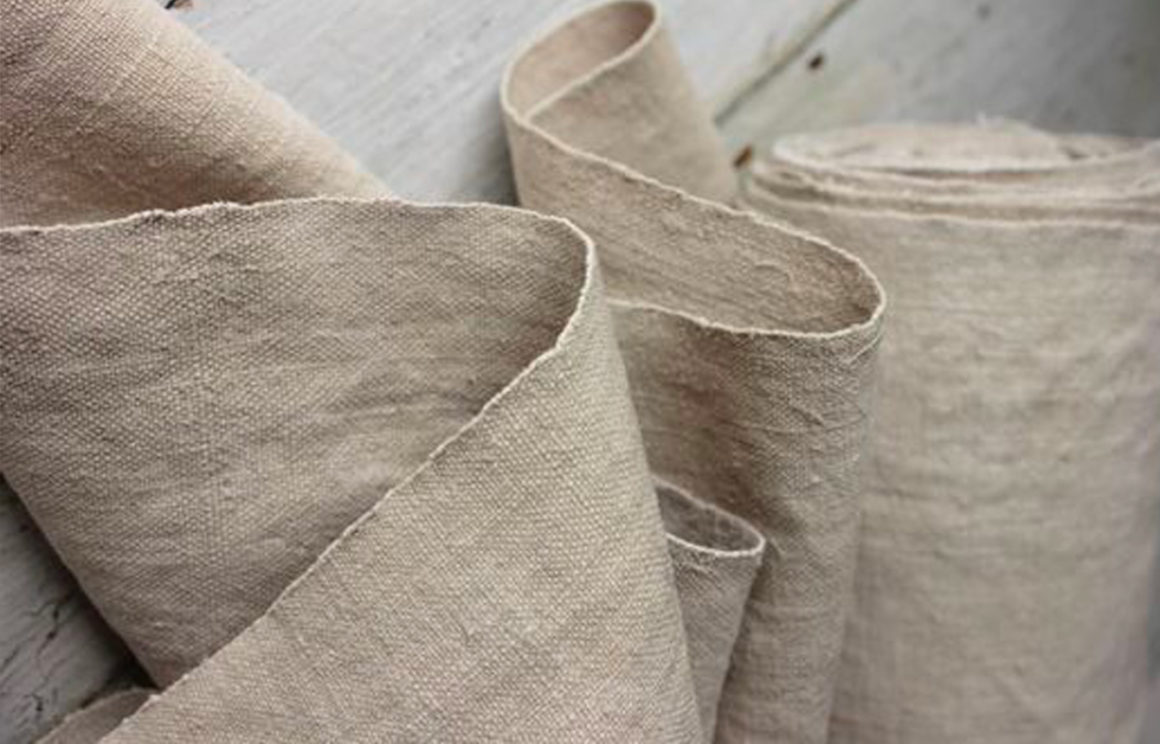
By Ella Wingfield
When shopping sustainably, we often ask ourselves a number of questions. Where were these jeans produced? Will this coat last the test of time? Was this fabric ethically sourced? With issues within fashion ranging from unethical working conditions to overproduction and waste, finding ethically made clothing can easily seem overwhelming.
A major issue can be simply not knowing which fabrics are damaging to our planet. From crop growth and production to washing and disposal, fabrics can cause a number of issues across the whole supply chain. By carefully choosing to invest in more environmentally friendly alternatives, we can help reduce the fashion industries vast environmental footprint.
Our guide to sustainable fabrics aims to showcase some sustainable options to look out for, making ethical shopping a little bit easier.
Organic Hemp
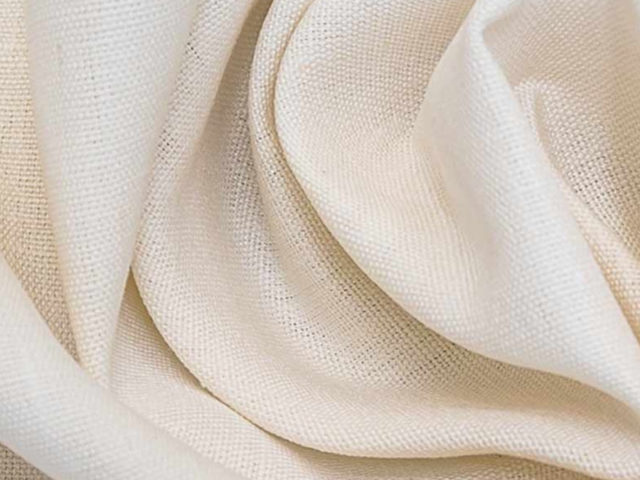
The first fabric we’re going to talk about is organic hemp. One of the most sustainable fabrics on the market, organic hemp is versatile and durable making it a great eco-friendly alternative to synthetic fabrics.
Growing hemp can actually be beneficial to our Earth unlike a majority of materials. Hemp acts as a natural purifier meaning it absorbs a greater amount of CO2 than it emits – a definite bonus! It’s also advantageous to the very soil it grows in. Thanks to nutrients located in the hemp plant’s leaves and stem it replenishes the soil as it grows, regenerating the earth for the next crop.
Unlike more common alternatives such as cotton, the hemp plant does not require pesticides and herbicides to grow, the absence of which means there’s no risk of chemicals running into nearby water systems and harming the surrounding environment and communities.
Not only is hemp long-lasting, breathable and antibacterial, it’s also thermodynamic making it perfect for cross seasonal wear. Even if you wish to dispose of a hemp garment, the fabric’s biodegradable, compostable and recyclable properties mean there are plenty of sustainable options to choose from.
Coconut Wool
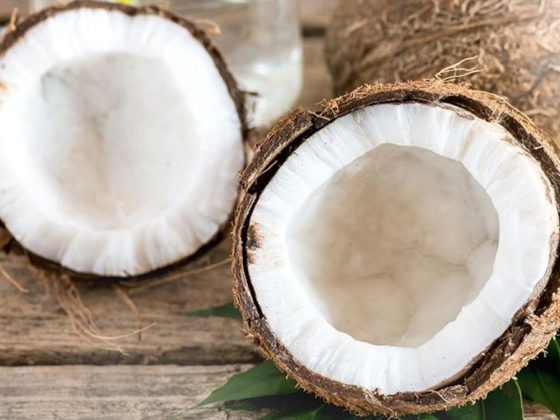
A stronger focus on sustainability in recent years has meant a stronger demand for environmentally friendly fabrics. As we as consumers gain a greater awareness of the severe environmental and humanitarian issues within the fashion industry, the pressure for innovative alternatives has grown considerably.
That’s where Nanollose’s ‘Coconut Wool’ and our second fabric comes in. The Australian biotechnology company has created a new wool-like material that is kinder to both animals and our planet.
Just a few advantages of this innovative new fabric includes its ability to be grown all year round (unlike cotton), no felling of trees and the very little land, water and energy used throughout its creation.
Overall Nanollose’s Nullarbor is a great step forward in creating eco-friendly fabrics with a reduced environmental footprint and a fabric we will hopefully see more of as it integrates into supply chains! For more on innovative new fabrics to watch out for take a look at our 9th Future Fabrics Exo : The Power of Innovation piece.
Pineapple Leather
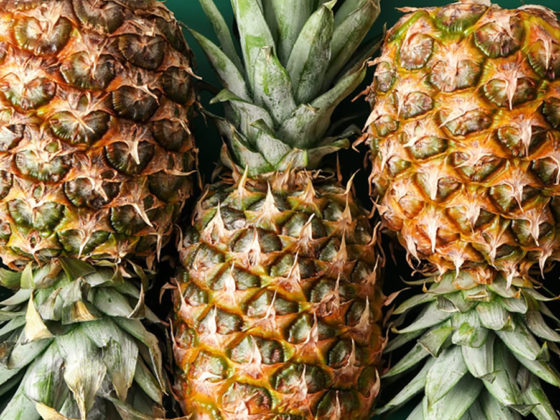
Developed by Dr Carmen Hjosa using fibres derived from pineapple leaves, Piñatex is a completely biodegradable fabric with growing popularity within the fashion industry.
Using natural by-products of the agricultural industry in its production means our second innovative fabric is natural, sustainably sourced and cruelty-free in addition to creating an income stream for farming communities. And Piñatex’s low environmental footprint is not it’s only bonus.
Used in clothing, accessories, footwear and upholstery it is also incredibly versatile making it a perfect fabric to look out for across thousands of brands.
Bamboo Lyocell
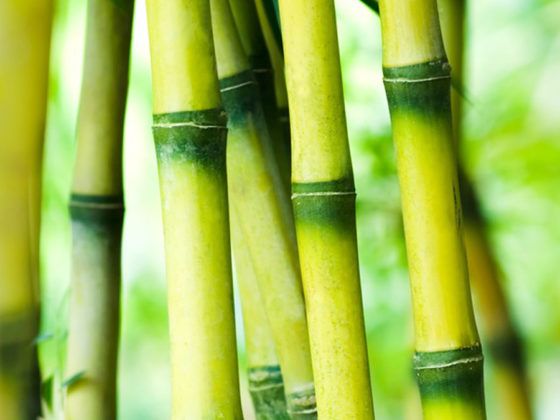
Our third fabric is Bamboo Lyocell. Made with pure organic bamboo pulp which is then crushed, washed and spun into yarns while reusing water and chemicals, Bamboo Lyocell is sustainably produced in a closed-loop cycle.
Bamboo itself does not require any pesticides or fertilisers reducing its impact on surrounding environments, however it must be noted bamboo is not always sustainable. When researching the fabric used in a piece of clothing, be careful not to mistake Bamboo Lyocell with Bamboo Viscose. Although both use chemicals in their creation, Bamboo Lyocell uses minimal toxic chemicals in comparison to that of Bamboo Viscose.
Some properties to note of Bamboo Lyocell include its breathability, silkiness and softness. It’s also hypo-allergenic, antimicrobial and temperature regulating making it ideal for bedding and a cruelty-free, vegan alternative to silk.
Organic Linen
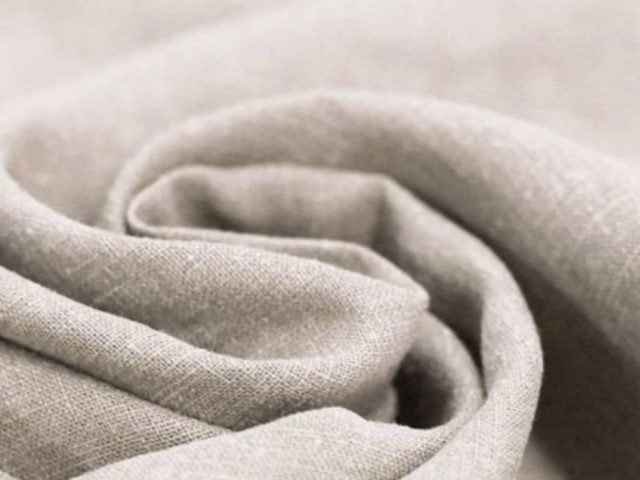
Made from the flax plant, linen is timeless, stylish and ideal for long lasting staple pieces. With its biodegradability (when untreated) and strong attributes it’s no wonder linen is one of the world’s oldest and most popular fabrics.
Linen has earned its place as the epitome of chic summer garments. With the ability to keep you cool even on the hottest of summer days it’s no surprise linen is a favourite amongst both brands and consumers.
However there are some things to keep in mind when shopping for linen. In regard to non-organic linen there is no guarantee harmful dyes have not been used and although flax does not require much pesticides and fertilisers, it’s hard to guarantee they have not been used. To ensure your linen garments have been produced sustainably, look out for organic certification and opt for brands with traceability and transparency.
Shop the look – Organic Linen
With so many variations of sustainable fabrics out there and copious amounts of innovative fabrics entering the fashion industry, our guide aims to act as a jumping off point. A place to start and highlight a few important factors to consider when incorporating sustainability into our shopping habits.
Fabric is at the core of any garment we choose to wear and by making more informed decisions we can help alleviate our environmental footprint across the entire supply chain.

Ella Wingfield
Ella is a Fashion Promotion graduate pursuing her passion for ethical clothing and fashion journalism at KeiSei. You can find more of her work at ellawingfieldfashion.com.
***
This article may contain some affiliate links, which means if you make a purchase, KeiSei Magazine receives a small percentage of the sale price, or some brands may have paid a small fee to be featured. We only recommend brands that match our sustainable and ethical criteria and that we truly believe in.
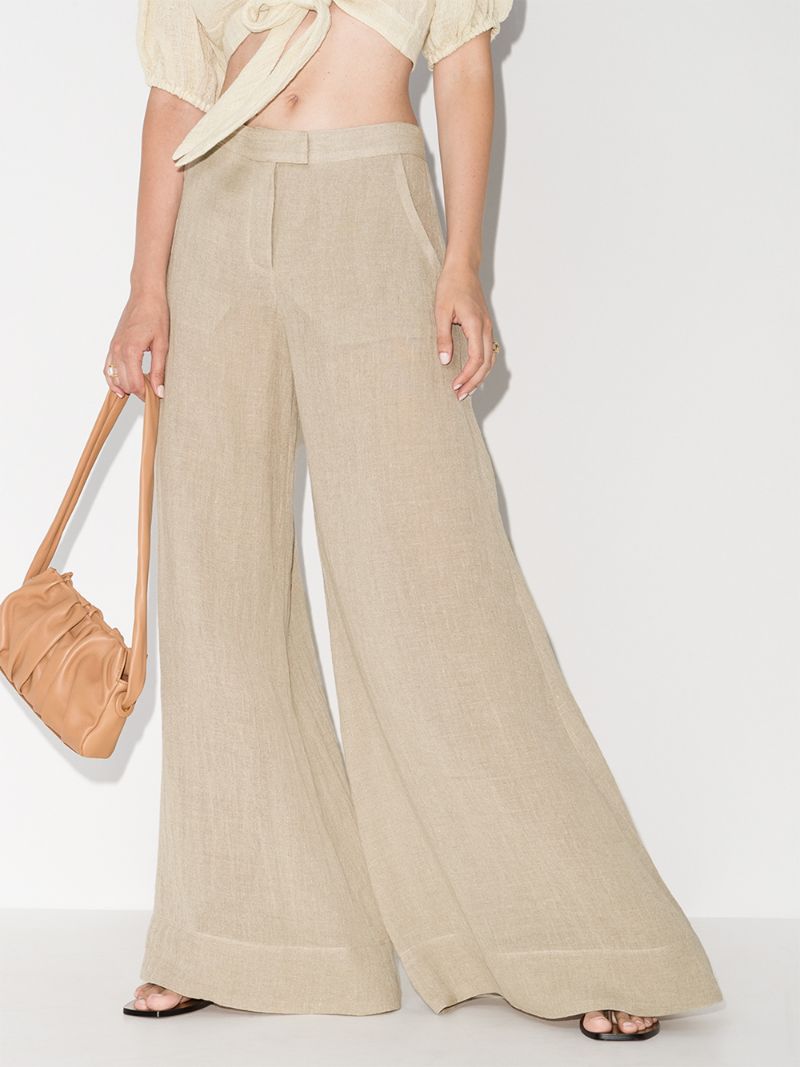
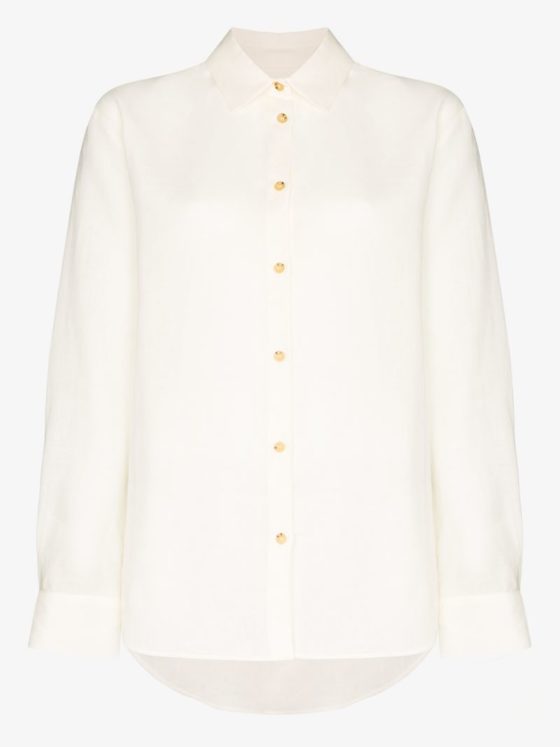
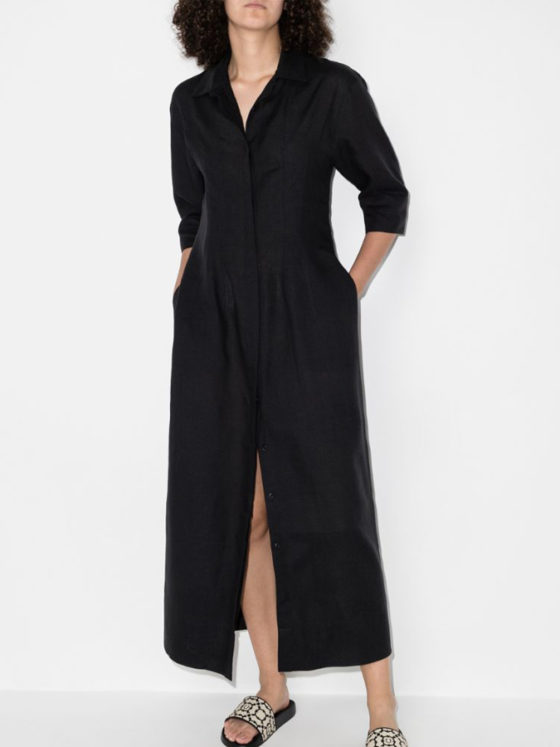









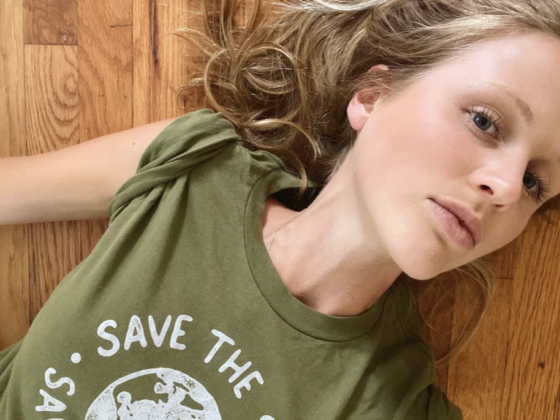
2 comments